Various colors, aggregates, and finishes can add drama and eye appeal to a single structure, or a single look can be chosen to create continuity and a signature appearance. Precast can also be painted or stained for even more options. We use a combination of cement, aggregate, and pigment to create the precast color you desire. Our pigments from Dynamic Color Solutions ensure long-lasting integral colors that won’t fade over time. Take a look at our Project Gallery to see the various precast concrete colors in use.

White
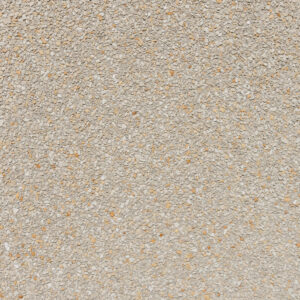
Cream

Buff

Grey
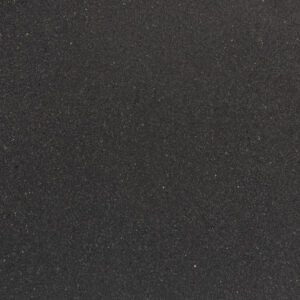
Black
Incorporating diverse aggregates such as granite, quartz, or limestone enhances the depth and dimension of your building. These aggregates offer a range of colors, textures, and finishing processes, allowing for versatile options in color and texture variations based on different exposure depths.
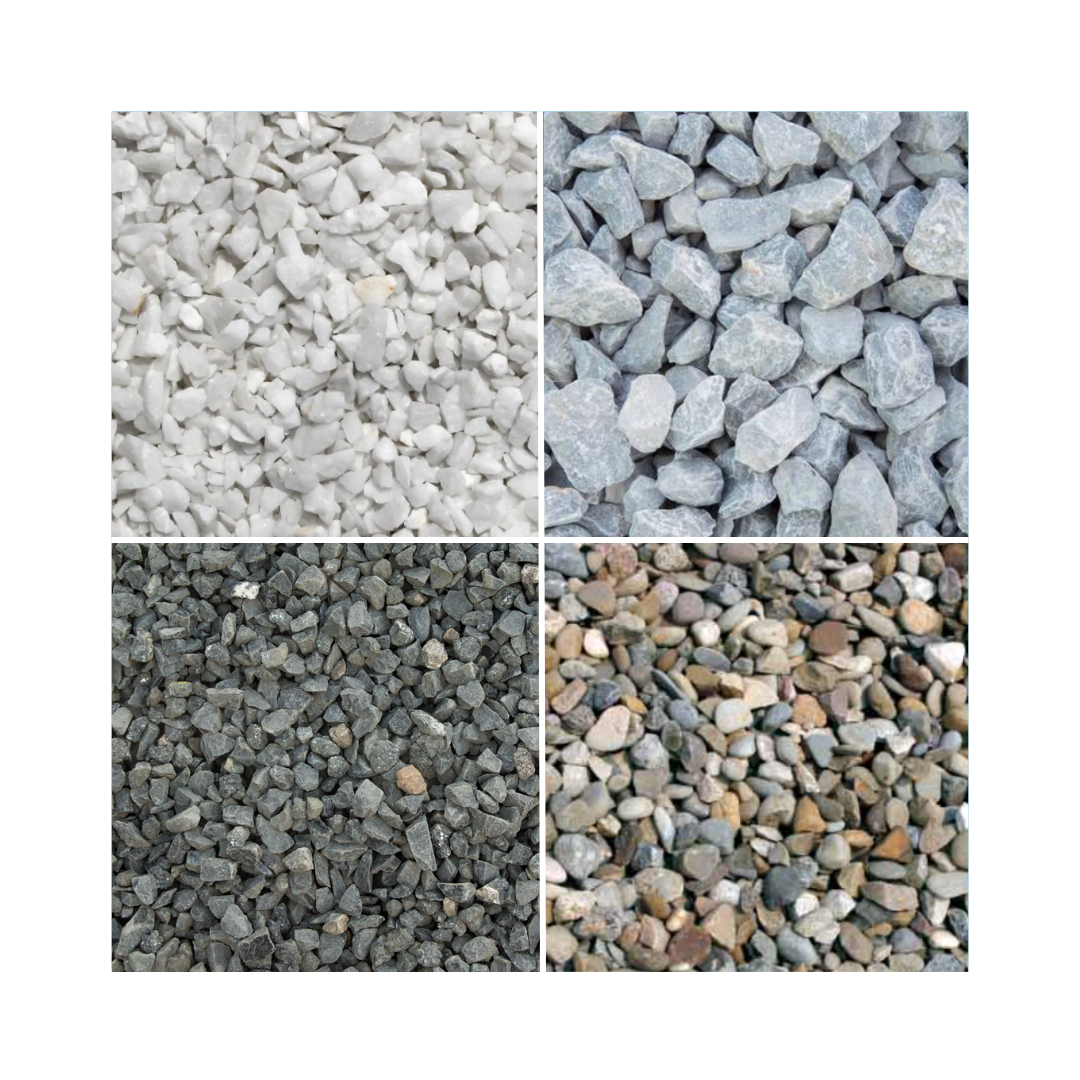
Rock Aggregate

Sand Aggregate
Many traditional construction materials such as tiles, brick, or terra cotta can be embedded in precast. In addition, marble, granite, and limestone can also be veneered or embedded into precast using pins. For complete information about all our finish options, you can download our Color and Finish Guide Definitions.

Acid Etch
This process entails the application of acid along with high-pressure water to etch the surface of the concrete. The acid works to react with the material, removing impurities, while the high-pressure water further cleanses the surface, enhancing the texture. As a result, the concrete surface typically develops a rich, darkened finish, revealing a sparkly effect often referred to as the “sugar-cube” look.

Sandblast
This process utilizes a blasting material, most commonly sand, to abrade away the concrete’s surface layer. The abrasive blasting technique is effective at wearing down the outermost layer of concrete. As the abrasive particles impact the surface, they create a uniformly roughened texture and lighten the surface color. This appearance is often referred to as “frosting.”

Exposed Aggregate
This technique involves the application of a chemical surface retarder to the casting forms prior to pouring concrete. The chemical retards the set of the concrete so that it may be removed (usually by water blasting) the next day. This results in exposure to the aggregate while preserving its natural beauty and texture.

APC’s experienced designers offer expert design guidance to help you navigate the boundless possibilities of precast concrete designs while keeping your budget on track.
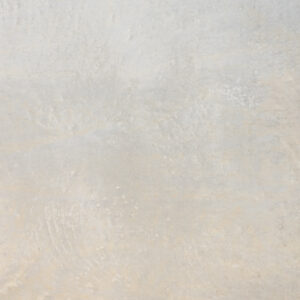
Form Finish
This technique requires no further finishing processes after the initial forming stage. Once the concrete is poured and allowed to set within its formwork, the surface is left exactly as it appears upon removal from the form. The resulting surface showcases the natural characteristics and texture imparted by the form, which often can be a smooth, sleek finish.
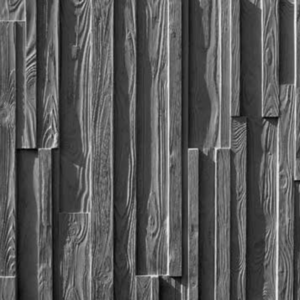
Form Liners
Embracing textured creativity, this technique employs rubber or plastic liners within the casting form to craft a unique surface for the panel. These liners artfully mimic diverse textures and designs, offering versatility and consistency across multiple uses during production.

Natural Stone Veneer
This technique creates a natural stone cladding, or veneer finish by embedding pieces of natural stone, like limestone, granite, or marble, into a mold and casting concrete behind them. The outcome is a robust precast panel that authentically replicates the look of stone, ideally suited for constructing buildings with an authentic stone facade.

Thin Brick
In precast construction, traditional materials like brick, tile, and terra cotta can be seamlessly integrated into the design of wall panels. This approach is integrated by embedding or casting the material into wall panels during production, ensuring structural integrity and aesthetic continuity.
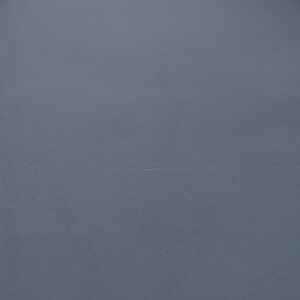
Paint / Stain
Using precast concrete allows for flexible exterior and interior finishes. The smooth, power-troweled panels can be painted or stained, providing endless color options. However, it’s important to note that this finishing method requires regular maintenance to preserve its appearance and durability.

Polished
During this detailed process, diamond grinding wheels refine and polish the concrete surface, exposing aggregate and resulting in a smooth, polished finish similar to polished granite.